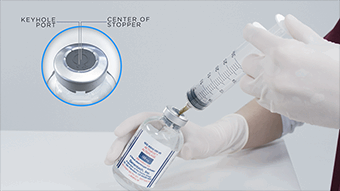

Elevated plasma levels of MMP are correlated with the frequency of hemorrhagic transformation following stroke 6, 7. It is thought that metalloproteinases (MMPs) are the key culprit in causing hemorrhagic transformation. The hemorrhagic transformation can lead to significant morbidity and mortality in stroke patients. Less than 10% of all stroke patients receive rt-PA, because of the narrow time-window 5. Although rt-PA represents an important break-through for management of acute stroke, this treatment has several limitations, recanalization efficiency is far from optimal, and it can only be administered within 4.5 h after stroke onset because of the risk of hemorrhagic transformation 2, 3, cerebral edema and neurotoxicity 4. Current treatments for acute ischemic stroke are limited to thrombolytic therapies involving the use of endovascular thrombectomy, and the only effective FDA approved drug recombinant tissue plasminogen activator (rt-PA) 1. Ischemic stroke remains a leading cause of death and disability worldwide and is an enormous economic, clinical and social burden. By blocking the MMP-9 with U0126 the safety of rt-PA administration was improved and demonstrates a promising adjuvant strategy to reduce the harmful effects of delayed rt-PA treatment in acute ischemic stroke.

Treatment with rt-PA demonstrated enhanced MMP-9 protein levels and hemorrhagic transformation which was prevented when U0126 was given in conjunction with rt-PA. Thromboembolic stroke was induced in C57 black/6J mice and the MEK1/2 inhibitor U0126 was administrated 3.5 h and rt-PA 4 h post stroke-onset. This study evaluated whether a MEK1/2 inhibitor in combination with rt-PA can prevent the detrimental effects of delayed rt-PA therapy in stroke.

In experimental stroke inhibitors of the mitogen–activated protein kinase kinase extracellular signal–regulated kinase kinase (MEK) 1/2 pathways reduce the MMPs. In acute ischemic stroke, the only FDA-approved drug recombinant tissue plasminogen activator (rt-PA) is limited by restricted time-window due to an enhanced risk of hemorrhagic transformation which is thought to be caused by metalloproteinase (MMP).


 0 kommentar(er)
0 kommentar(er)
